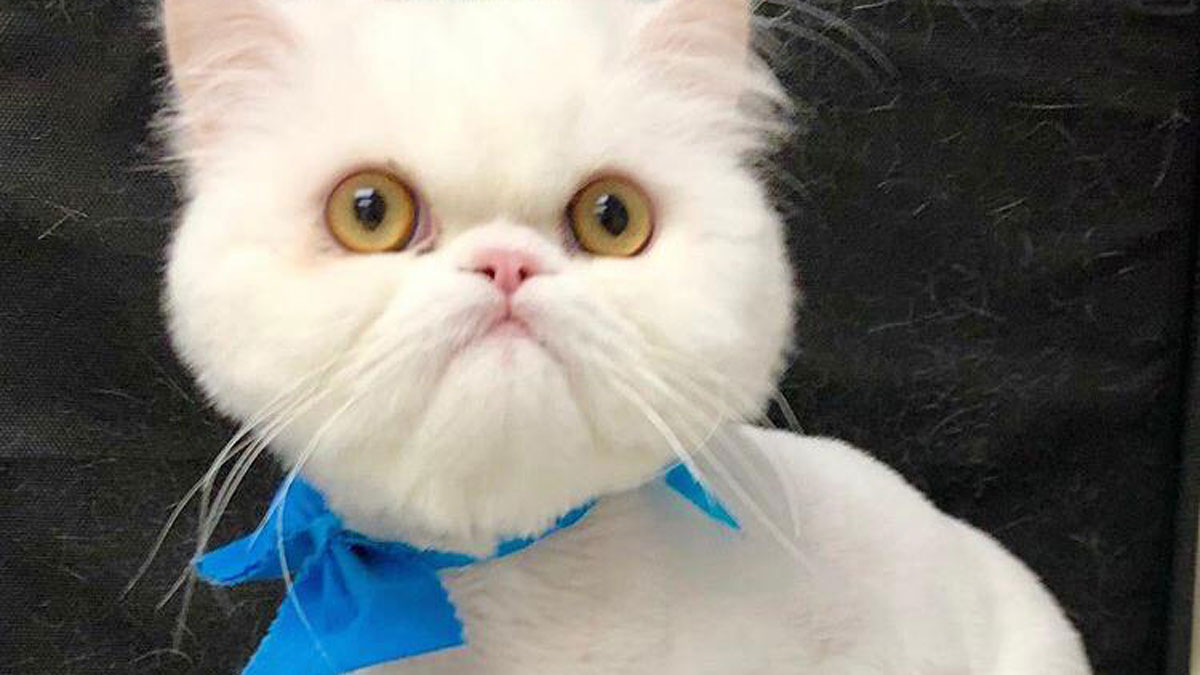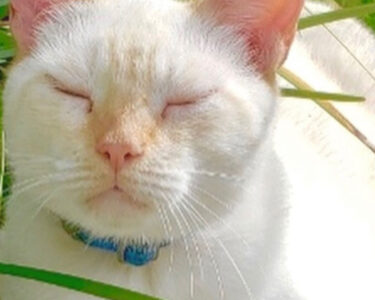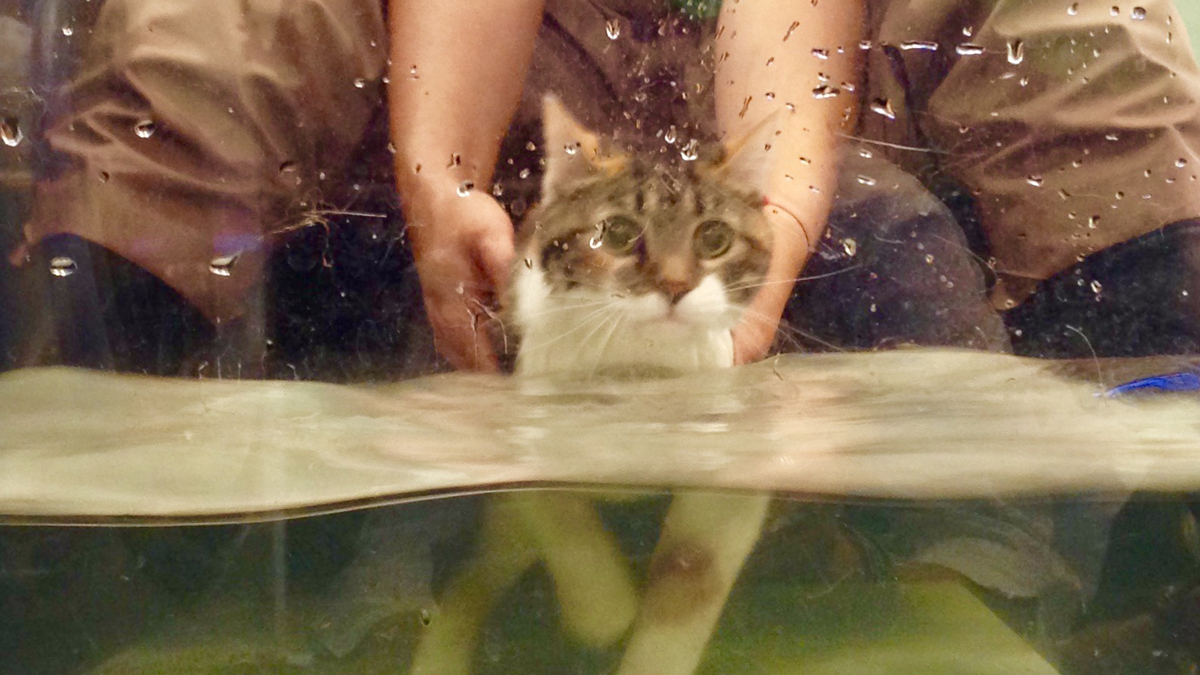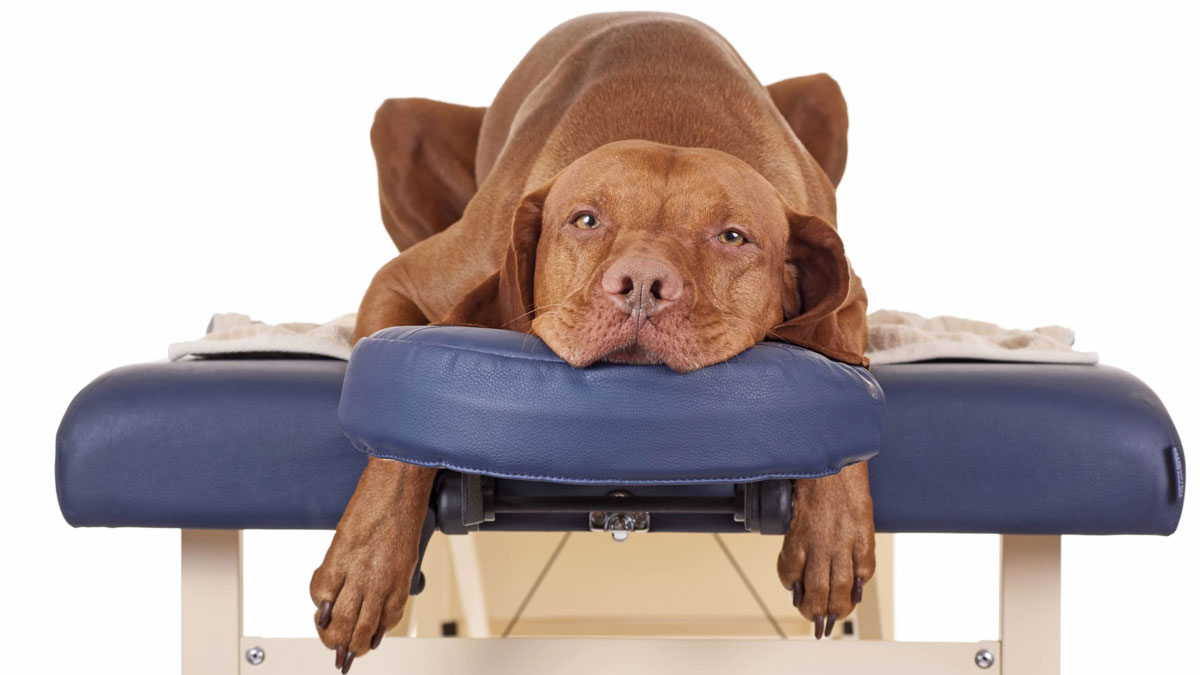Cats are mysterious creatures. In the medieval era, cats were believed to be associated with witches. Just as people accused of witchcraft were mistreated, so were cats. Some people went as far as throwing cats out of windows, only to watch in awe as the cats would land on their feet and walk away unharmed. Moving forward a thousand years, the cat’s ability to survive high falls has been challenged by high rises and apartment buildings. Felines are generally fond of high places. In their natural habitat, cats’ claws help them grip trees. Materials common in our environment, such as concrete and aluminium, are harder and more difficult to grip. Unable to anchor themselves, cats can end up accidentally falling from balconies, ledges or open windows. The type of injuries sustained from these accidental falls are known as “Feline High Rise Syndrome”.
A study published in 1988 examined the falling injuries sustained by 132 cats presented to the Animal Medical Center in New York over a period of five months. The study found that the worst injuries were seen in cats that fell from the 5th to 9th floors. Cats that fell from the 2nd to 4th floors or from the 10th floor and above had less severe injuries. One cat that fell from the 32nd floor survived with only a chipped tooth and some bruising. The present record is a cat that fell from the 42nd floor and walked away from the accident. How can we explain this seemingly supernatural feline ability? The secret is simple: the cat’s innate righting reflex and their low terminal velocity.
The feline righting reflex refers to cat’s instinct to right themselves when in free-fall. It starts to develop in kittens at 4 weeks of age and is completely functional at 7 weeks of age. When falling upside-down, cats will first turn their front legs and then their back legs in order to land upright. This movement is possible due to cats’ flexible spines and non-functional clavicles that allow them to turn their legs in midair before turning their spines. Successful execution of this reflex requires a minimum distance of 3 to 5 feet from the ground.
Terminal velocity refers to the maximum velocity that an object reaches when in free-fall. A cat in free-fall approaches its terminal velocity as the pull of gravity and wind resistance reach equilibrium. For humans, terminal velocity can be as high as 120 miles per hour. Cats have a much lower terminal velocity of no higher than 60 miles per hour. Their small size, light bones and thick fur ultimately lessen the force of gravity on them while maximizing wind resistance. Once the cat has achieved its terminal velocity, it loses the sense of downward acceleration associated with falling. The cat responds by relaxing, positioning its body horizontally, and stretching out, essentially turning its body into a parachute. This results in the cat hitting the ground with a softer impact that is evenly distributed throughout their body.
It is believed that falls from the 5th to 9th floors are the most dangerous for cats due to the distance from the ground not being sufficient to reach terminal velocity. As long as a cat’s velocity is increasing, it will feel the sensation of falling and be unable to relax. Falls from the 4th floor or below result in less severe injuries because of the short distance from the ground. Falls from above the 9th floor allow cats enough time to reach terminal velocity.
This study has since been criticized for excluding cats that did not survive their falls. These cats never made it to the veterinary hospital. A more recent study (2003) of 119 cats concluded that cats that fall from the 7th floor or above were associated with more severe injuries and a higher incidence of thoracic trauma. The take home message from these studies is that cats can and frequently do fall from roofs, open windows, and balconies. If you live in an apartment, you have to be extra careful with your kitty. Keep it away from dangerous areas to prevent accidents.
In the photo is our patient, Martin. Almost two years ago he fell from the 10th floor leading to permanent paralysis of his back legs. He lives happily with his family in Miami.














 Deering Estate
Deering Estate
 Massage Envy South Miami
Massage Envy South Miami
 Calla Blow Dry
Calla Blow Dry
 My Derma Clinic
My Derma Clinic
 Sushi Maki
Sushi Maki
 Sports Grill
Sports Grill
 The Healthy Kitchen
The Healthy Kitchen
 Golden Rule Seafood
Golden Rule Seafood
 Malanga Cuban Café
Malanga Cuban Café

 Kathleen Ballard
Kathleen Ballard
 Panter, Panter & Sampedro
Panter, Panter & Sampedro
 Vintage Liquors
Vintage Liquors
 The Dog from Ipanema
The Dog from Ipanema
 Rubinstein Family Chiropractic
Rubinstein Family Chiropractic
 Your Pet’s Best
Your Pet’s Best
 Indigo Republic
Indigo Republic




 ATR Luxury Homes
ATR Luxury Homes


 2112 Design Studio
2112 Design Studio
 Hamilton Fox & Company
Hamilton Fox & Company
 Creative Design Services
Creative Design Services
 Best Pest Professionals
Best Pest Professionals
 HD Tree Services
HD Tree Services
 Trinity Air Conditioning Company
Trinity Air Conditioning Company
 Cisca Construction & Development
Cisca Construction & Development
 Mosquito Joe
Mosquito Joe
 Cutler Bay Solar Solutions
Cutler Bay Solar Solutions


 Miami Royal Ballet & Dance
Miami Royal Ballet & Dance
 Christopher Columbus
Christopher Columbus
 Pineview Preschools
Pineview Preschools
 Westminster
Westminster
 Carrollton
Carrollton
 Lil’ Jungle
Lil’ Jungle
 Frost Science Museum
Frost Science Museum
 Palmer Trinity School
Palmer Trinity School
 South Florida Music
South Florida Music
 Pinecrest Orthodontics
Pinecrest Orthodontics
 Dr. Bob Pediatric Dentist
Dr. Bob Pediatric Dentist
 d.pediatrics
d.pediatrics
 South Miami Women’s Health
South Miami Women’s Health

 The Spot Barbershop
The Spot Barbershop
 My Derma Clinic
My Derma Clinic




 Miami Dance Project
Miami Dance Project

 Rubinstein Family Chiropractic
Rubinstein Family Chiropractic
 Indigo Republic
Indigo Republic

 Safes Universe
Safes Universe
 Vintage Liquors
Vintage Liquors
 Evenings Delight
Evenings Delight





 Atchana’s Homegrown Thai
Atchana’s Homegrown Thai
 Baptist Health South Florida
Baptist Health South Florida

 Laser Eye Center of Miami
Laser Eye Center of Miami
 Visiting Angels
Visiting Angels
 OpusCare of South Florida
OpusCare of South Florida

 Your Pet’s Best
Your Pet’s Best





 HD Tree Services
HD Tree Services
 Hamilton Fox & Company
Hamilton Fox & Company


 Creative Design Services
Creative Design Services